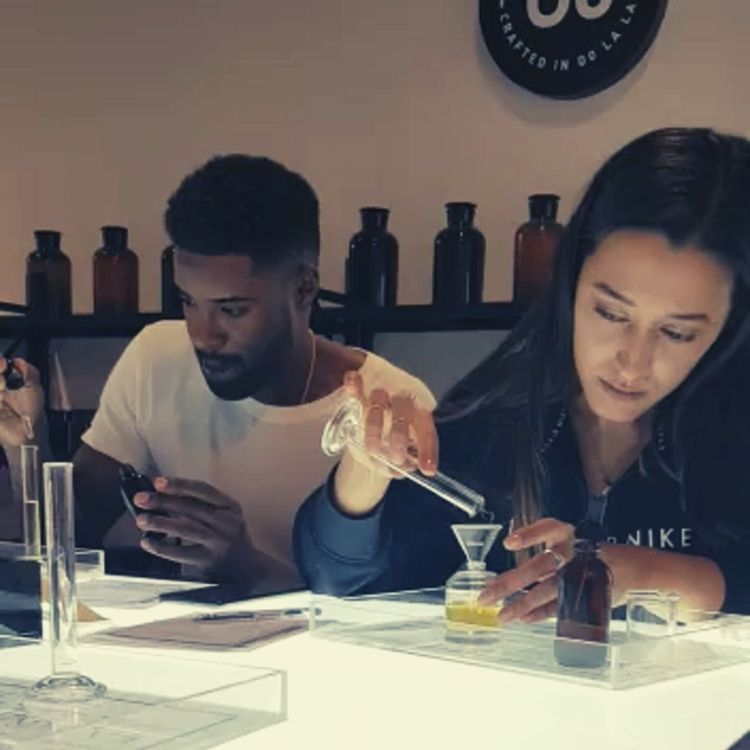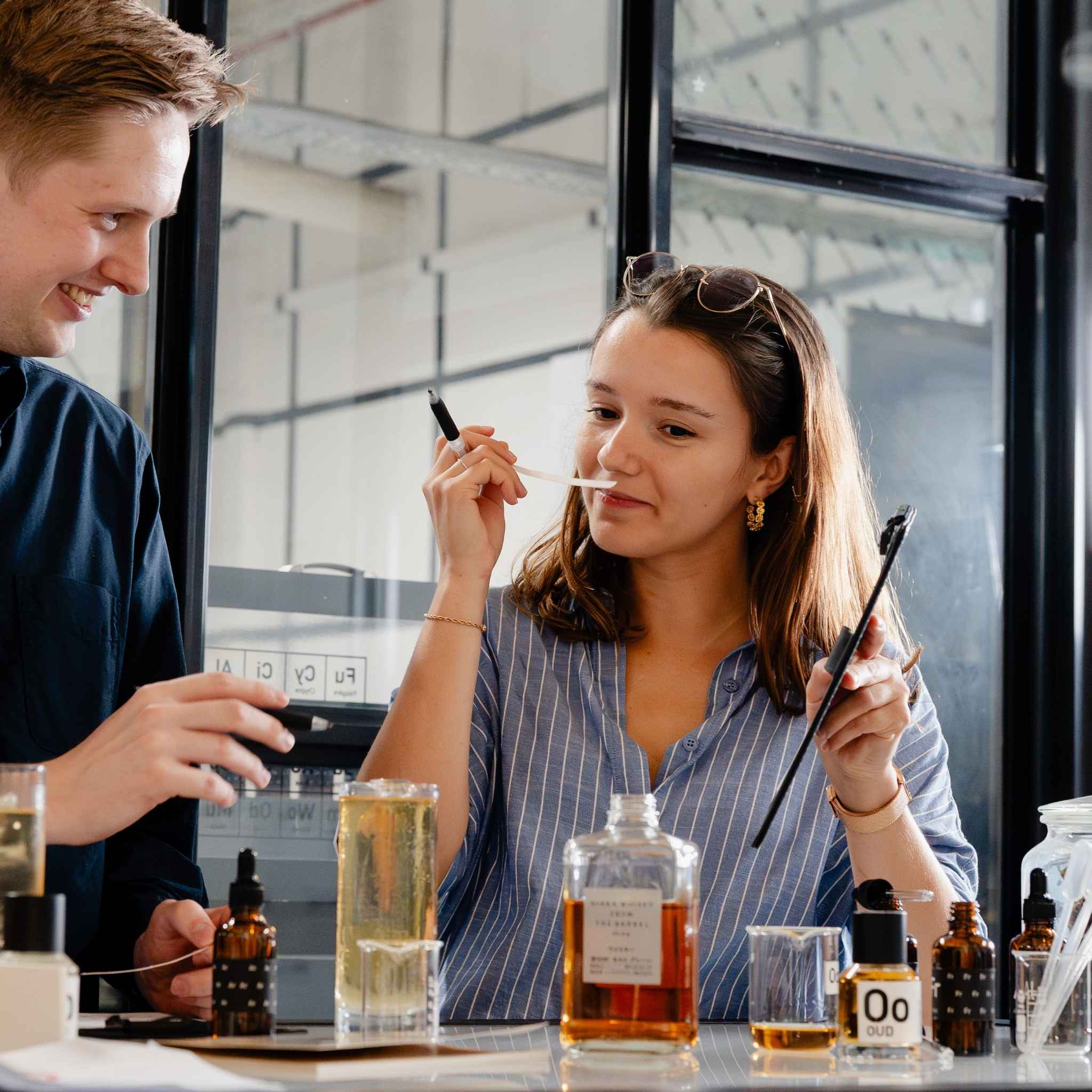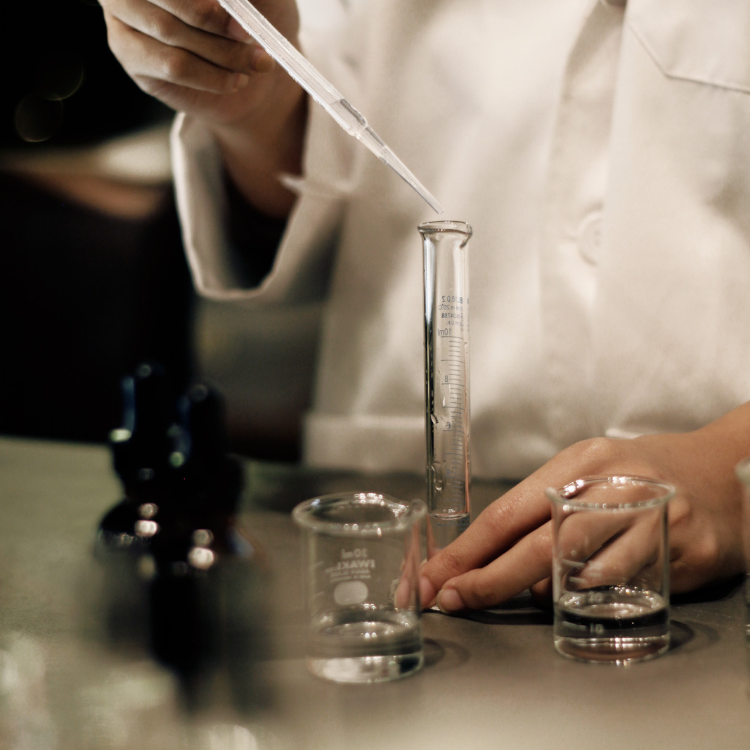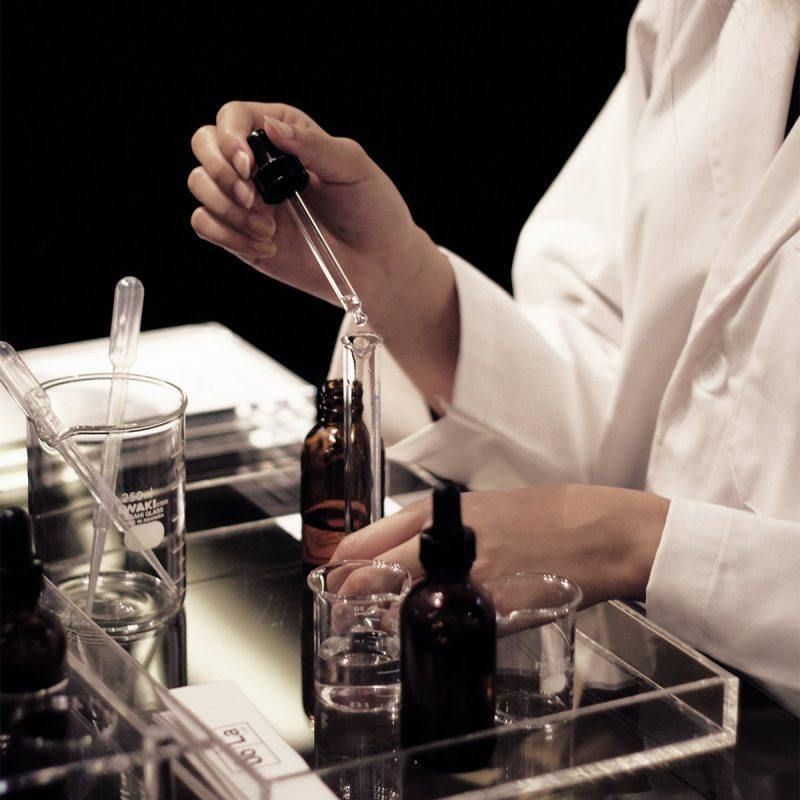The Nose inside your Glass of Wine
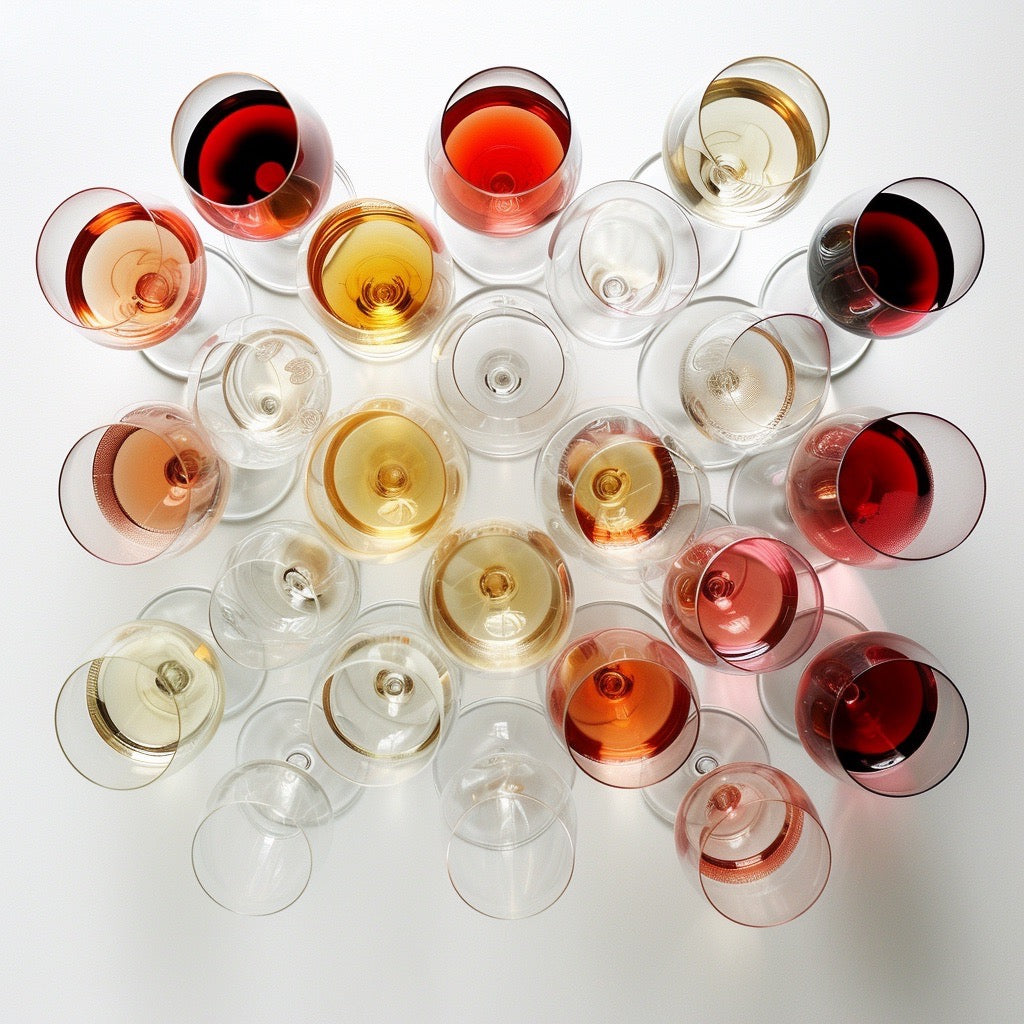
In the world of sensory delights, our genes play a surprising role in shaping our dietary preferences and how we enjoy the pleasures of wine. Picture unwrapping a cinnamon stick, its spicy warmth filling the air around you. Did you know that your ability to revel in that enticing aroma, to let it carry you to memories of cozy autumn nights or festive holiday gatherings, could be deeply ingrained in your DNA? A captivating study conducted by the University of Trieste in collaboration with the Burlo Garofolo Maternal and Child Hospital has unraveled this aromatic mystery, suggesting that our fondness for cinnamon's alluring scent might be genetically determined.
This groundbreaking research, published in the journal "Food Quality and Preference," scrutinized the genomes of over 2000 individuals across Italy. The aim was to pinpoint a specific gene linked to the ability to perceive cinnamon's aroma. The study's findings offer a compelling insight into how our genetic makeup influences our preferences, including the foods and aromas that captivate us.
Why do some people effortlessly recognize cinnamon's scent, while others struggle to detect it? It turns out that our dietary inclinations are influenced by a blend of factors, including our environment, culture, and, notably, our genes. There exists an allele—a variant of a gene—that encodes a protein crucial for our olfactory perception. This protein is expressed in the nasal cavity tissues, home to the olfactory receptors that detect volatile compounds and translate them into the scents we perceive.
The significance of our senses, particularly our sense of smell, cannot be overstated. Yet, there is a dearth of scientific studies dedicated to understanding how our genome influences the development and function of these senses. The COVID-19 pandemic highlighted this gap, as some infected individuals experienced temporary loss of smell, prompting inquiries into the genetic factors involved.
Paolo Gasparini, a geneticist at the University and Burlo Garofolo Hospital, emphasized the years spent studying isolated Italian populations to glean insights into their dietary preferences. Through DNA analysis, researchers established genetic associations between sensory capabilities and specific genes.
But what does cinnamon have to do with wine? The aroma of cinnamon in wine, often a result of oak aging, is a hallmark of many barrel-aged vintages. It is notably found in the red wines of regions like Saint-Emilion, Pomerol, and those made from Merlot. This spicy scent is also characteristic of wines aged in Ribera del Duero or Rioja and is a primary aroma in varieties like Syrah and Garnacha.
The research, involving over 2000 participants from Friuli Venezia Giulia and Val Borbera in Piedmont, revealed that individuals with the gene variant for distinguishing cinnamon aroma tended to enjoy spiced-flavoured wines more than those without this olfactory sensitivity. This discovery underscores the significance of aroma perception in shaping our dietary habits, as our olfactory preferences heavily influence what we choose to eat and drink.
Understanding how genetics influences our sense of smell is crucial in comprehending its role in our dietary choices and, by extension, our health. So, the next time you indulge in a glass of wine, consider that your genes might be guiding your taste, especially if it reveals notes of cinnamon to your senses. Does this mean our genes are largely responsible for our preference—or lack thereof—for spiced aromas in wines? It's a tantalizing question that paves the way for further exploration into the relationship between genetics, taste, and enjoyment.
Ref - vinetur.com

